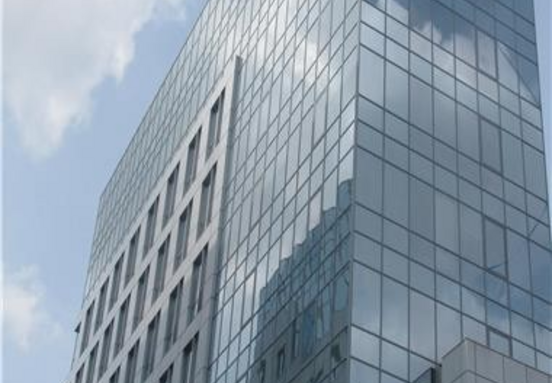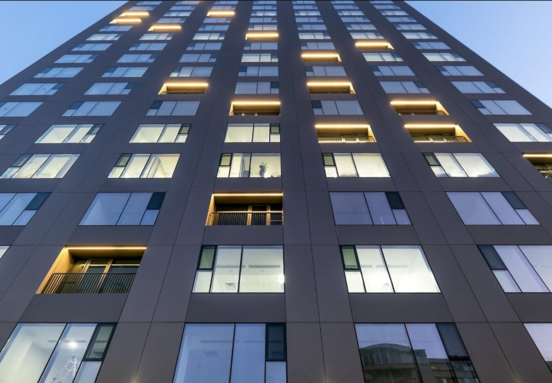“Open space is at the same time the most appreciated development of the managers and the most contested by the employees.”
If the English term open space imposed itself, it is because this model comes from the Anglo-Saxon world. In the late nineteenth and early twentieth centuries, the first buildings entirely were devoted to administrative activities came into being in London, New York or Chicago. In head offices, banks and insurances, typists and accountants were set up in immense spaces organized on the model of the classroom - the head was placed on a platform.
Proponents of open-space offer the following advantages: Space saving, better communication between employees and teams, better monitoring of company activity, mutual supervision.
On the other hand, open-space opponents find this model as being noisy (especially because of absence of soundproofed partitions between offices), lack of privacy, being under the supervision of colleagues and as reducing productivity. Moreover, they point out the present risk of neighbors spreading their business on the desk and the risk of theft due to the absence of a door.
With open space, employees constantly work under the eye of their colleagues and their leaders. However, everyone needs a bit of shade, a bit of intimacy, a bit of self-esteem. It is necessary for people during the working day, to be able to distance oneself, to blow, to adopt a posture of derision.
“This self-control exhausts employees and feeds their stress. It is no coincidence that the issue of ill-being is at the heart of our debates on labor. "
Maria Konnikova says in the New Yorker: "While open space was originally designed by a Hamburg team in the 1990s to facilitate communication and circulation of ideas, a growing body of evidence suggests it undermines what it was precisely supposed to improve".
“Nowadays, we start to see the trend of multinational relocating their employees in co-working spaces. First to be closer to Start-ups and influencers, but as well to get people out of open spaces”, says Adam Toth, CEO at www.officerentinfo.com.
Then do you consider co-working as an open space?







